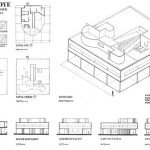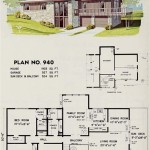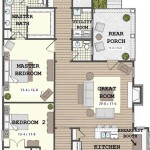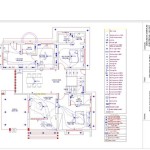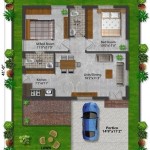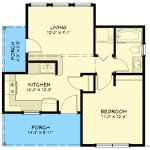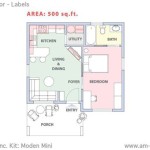Essential Aspects of Cordwood Construction House Plans
Cordwood construction, an ancient building technique, has recently gained popularity due to its sustainability, energy efficiency, and unique aesthetic appeal. Designing a cordwood house requires careful planning and attention to specific aspects. Here are essential considerations for creating effective cordwood construction house plans:
Site Selection and Orientation
Choose a building site with proper drainage and access to utilities. Orient the house to maximize passive solar gain and minimize exposure to prevailing winds. Consider the natural surroundings and how they will impact the house's energy performance and aesthetic integration.
Materials and Wood Selection
Cordwood construction typically uses seasoned logs, cut to uniform lengths. Choose species with high durability, such as oak, cedar, or pine. The bark should be removed to prevent moisture retention and insect infestation. Use a variety of log diameters to create interesting patterns and textures.
Foundation and Substructure
Cordwood houses require a sturdy foundation that can support the weight of the logs. Concrete footings and walls provide a stable base. Include weep holes and drainage systems to prevent moisture accumulation.
Cordwood Wall Construction
Cordwood walls are built by stacking logs in a specific pattern, alternating between headers (logs perpendicular to the wall) and stretchers (logs parallel to the wall). Use mortar or other binding materials to secure the logs and fill gaps. Reinforce the walls with steel rods or wire mesh for additional strength.
Roofing and Siding
Cordwood homes can be topped with a variety of roofing materials, such as shingles, metal, or thatch. Consider the roof's insulation value and its impact on the overall design. Siding can add weather protection and enhance the aesthetic appeal of the house; options include board-and-batten, stucco, or stone.
Windows and Doors
Incorporate windows and doors that complement the cordwood construction style. Choose energy-efficient models that allow for natural light and ventilation. Use log or stone archways and surrounds to enhance the rustic charm.
Energy Efficiency
Cordwood houses can be highly energy efficient by incorporating insulation, thermal mass, and passive solar design. Insulation can be added between the logs or within the walls to reduce heat loss. Thermal mass, such as a stone or concrete floor, absorbs and releases heat, stabilizing indoor temperatures. Passive solar design maximizes sunlight exposure through orientation, window placement, and thermal storage.
Additional Considerations
Consider incorporating a wood stove or fireplace for additional heat and comfort. Pay attention to ventilation systems to ensure proper airflow and prevent moisture buildup. Plan for storage spaces and built-in furniture that utilize the unique characteristics of cordwood construction.
By carefully considering these essential aspects, you can create cordwood construction house plans that result in sustainable, energy-efficient, and visually stunning homes. The unique beauty and warmth of cordwood construction will delight homeowners for years to come.

Cordwood House Plans Construction

Cordwood House Plan Natural Building Blog

Cordwood House Plans Construction

Basic Cordwood House Plans Construction

Cordwood House Plans Construction

Basic Cordwood House Plans Construction

Cordwood House Our Complete Project Overview Accidental Hippies

Basic Cordwood House Plans Construction

Build A Cordwood House And Cut The Cord On Traditional Homes Tiny Life

Cordwood House Plan Homes Plans Styles

